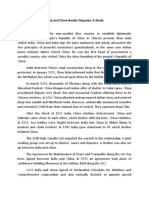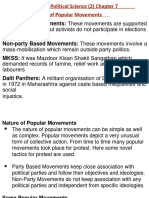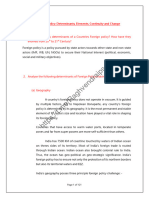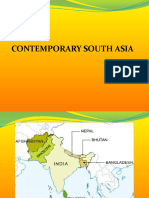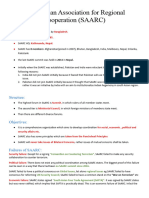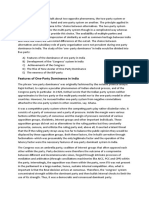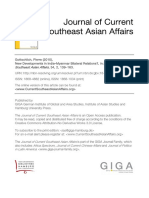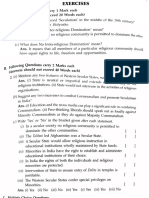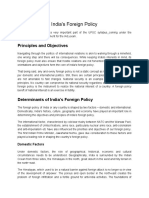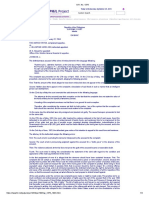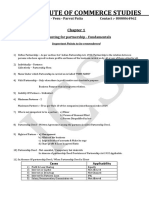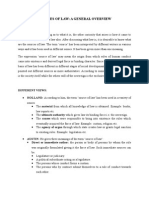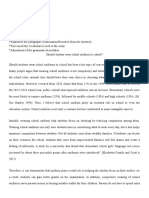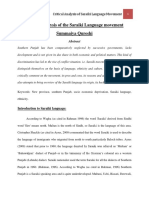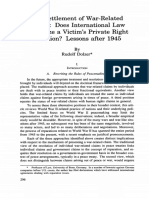0% found this document useful (0 votes)
177 views15 pages12 India's Foreign Policy Notes
This document provides 38 multiple choice and short answer questions about India's foreign policy. It covers topics like key figures and architects of India's foreign policy like Nehru, important conferences and events like the Bandung Conference and establishment of Non-Aligned Movement, India's stance on nuclear weapons and treaties, relations with neighbors like China and Pakistan, and the objectives and influencing factors of India's foreign policy.
Uploaded by
aarshiyadav23Copyright
© © All Rights Reserved
We take content rights seriously. If you suspect this is your content, claim it here.
Available Formats
Download as DOCX, PDF, TXT or read online on Scribd
0% found this document useful (0 votes)
177 views15 pages12 India's Foreign Policy Notes
This document provides 38 multiple choice and short answer questions about India's foreign policy. It covers topics like key figures and architects of India's foreign policy like Nehru, important conferences and events like the Bandung Conference and establishment of Non-Aligned Movement, India's stance on nuclear weapons and treaties, relations with neighbors like China and Pakistan, and the objectives and influencing factors of India's foreign policy.
Uploaded by
aarshiyadav23Copyright
© © All Rights Reserved
We take content rights seriously. If you suspect this is your content, claim it here.
Available Formats
Download as DOCX, PDF, TXT or read online on Scribd
/ 15



